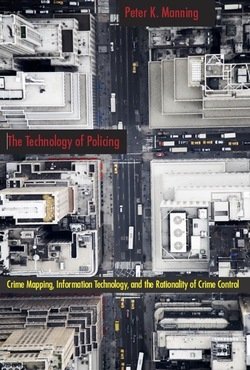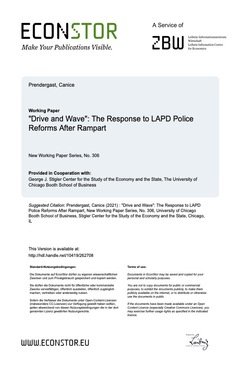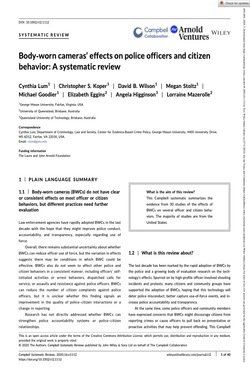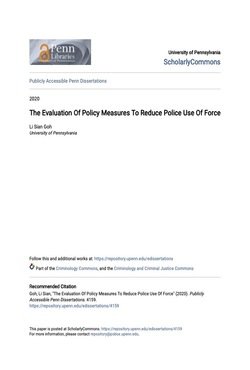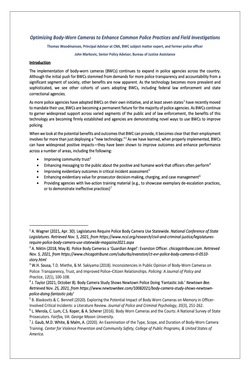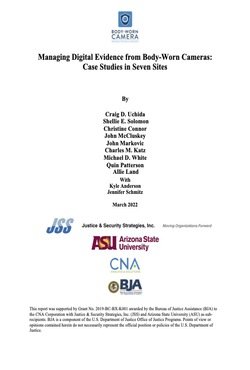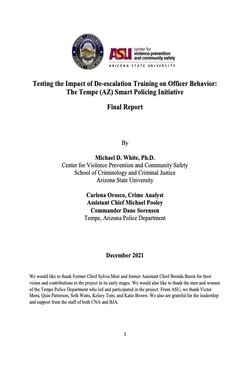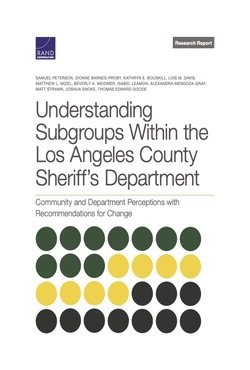By Fernando Saltiel and Cody Tuttle
We show that the quality of police hires varies over the business cycle. Officers hired when the unemployment rate is high have fewer complaints, disciplines, and are less likely to be fired than officers hired when the unemployment rate is low. Effects are larger for younger workers who have weaker outside options in recessions. We find that the size and quality of the applicant pool increases in high unemployment years–more people take entry exams and a smaller fraction fail the exam. Our findings shed light on how outside options affect police hires and speak to policy questions about police recruitment.
Bonn: IZA – Institute of Labor Economics 2022. 48p.





